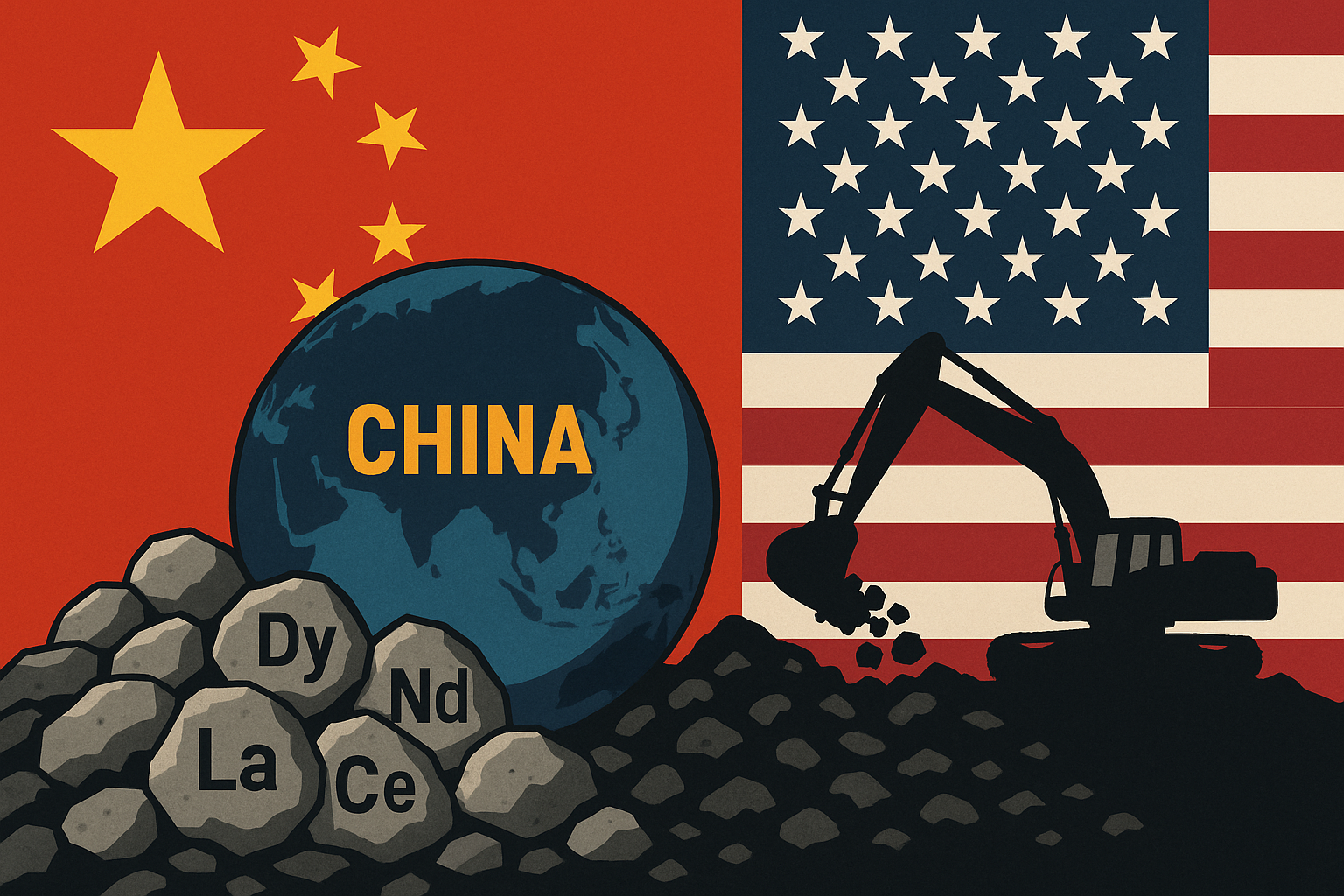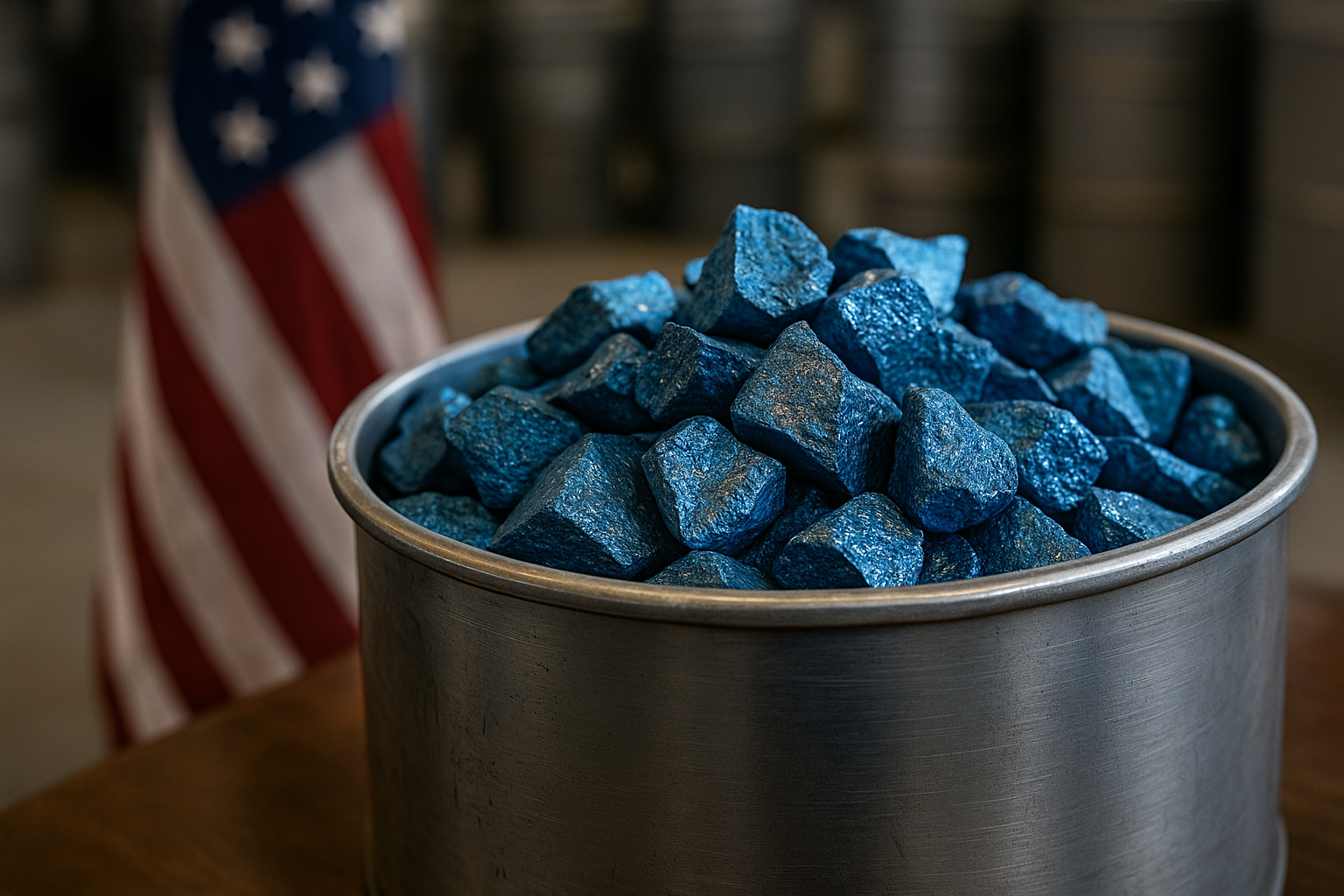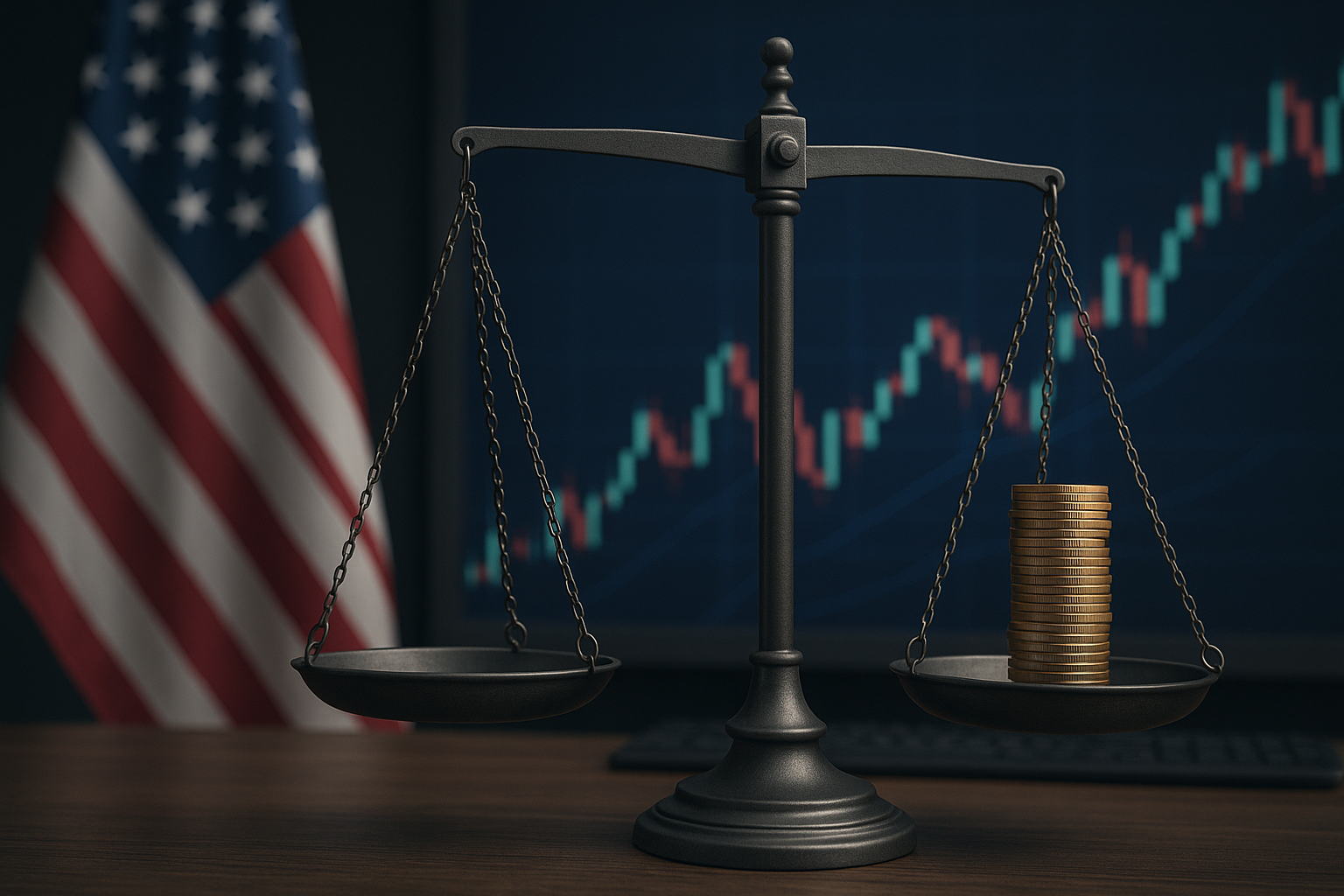Why This Story Has Investors Talking
The geopolitical chessboard just gained another high-stakes square—and this time, it’s mined deep beneath the surface.
As the U.S. and China resume contentious tariff negotiations, one topic has emerged as a critical flashpoint: China’s dominance in the rare earth metals market. These 17 minerals—particularly the heavy rare earth elements—aren’t just industrial raw materials. They’re foundational to the global tech economy, electric vehicles (EVs), defense systems, and clean energy.
And investors are paying attention.
In an era where supply chain security rivals price as a market mover, China’s strategic stranglehold on rare earths isn’t just a diplomatic issue—it’s a market-defining one.
China’s Rare Earth Dominance: A Strategic Leverage Point
According to the U.S. Geological Survey, China controls over 60% of global rare earth production and an estimated 85% of processing capacity. Heavy rare earths such as dysprosium and terbium—essential for EV motors and guided missile systems—are exported from China in volumes unmatched by any other nation.
In recent negotiations, Beijing has tightened export controls on select rare earth elements, citing national security concerns. But in reality, it’s a calculated response to U.S. tariff pressure—and a move that throws a wrench into American industrial and defense ambitions.
As reported by the New York Post, U.S. negotiators are now scrambling to find workarounds as industries from Tesla to Raytheon warn of cost spikes and supply disruption.
Why This Matters for Investors
1. EVs and Tech Vulnerabilities
The EV boom—once viewed as a guaranteed long-term growth sector—is now exposed to geopolitical supply risk. Tesla, Rivian, and other manufacturers heavily rely on permanent magnets made with rare earths. With China controlling the tap, production costs could rise—and valuations could be impacted.
2. Defense Sector Disruption
Lockheed Martin and Northrop Grumman are among the many defense giants using rare earth-based technologies in aircraft, radar, and missile systems. China’s rare earth leverage creates potential bottlenecks that may delay contracts or inflate prices, impacting investor confidence in the sector.
3. Resource Nationalism and New Mining Frontiers
Governments are responding. The U.S., Australia, and the EU are ramping up rare earth exploration and processing projects. Companies like MP Materials (NYSE: MP) and Lynas Rare Earths (ASX: LYC) are seeing renewed investor interest. Expect this trend to accelerate, especially as Western countries seek to de-risk supply chains.
Future Trends to Watch
- Government Subsidies: The Biden administration is expected to expand tax incentives and subsidies for domestic rare earth mining and processing. This may create mid- to long-term investment opportunities in U.S.-based miners.
- M&A Activity: Major mining companies may seek acquisitions in rare earth juniors to hedge against Chinese risk.
- Alternative Technologies: Watch for R&D into non-rare earth technologies or recycling tech, which could offer long-term solutions and disrupt the current dependency model.
Key Investment Insight
The rare earth narrative is no longer niche—it’s front-page material with cross-sector consequences. Investors should:
- Diversify into strategic metals ETFs or specific stocks like MP Materials, Lynas, or rare earth-focused funds.
- Monitor policy shifts around tariffs, clean energy mandates, and mineral subsidies.
- Position early in mining and processing companies outside China that are poised to scale.
What’s Next?
As global supply chains tighten and political tensions rise, rare earths are stepping into the spotlight—not just as materials, but as economic weapons.
Smart investors will recognize this not as a risk to avoid, but a signal to reallocate strategically.
For more breaking insights on market-moving developments like this, stay tuned to MoneyNews.Today—your go-to source for real-time investor intelligence.





